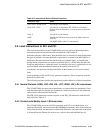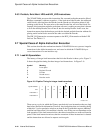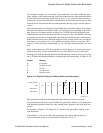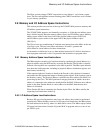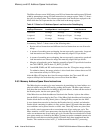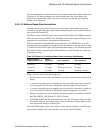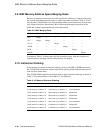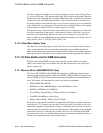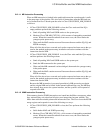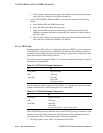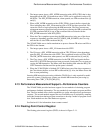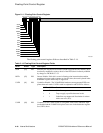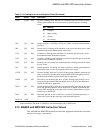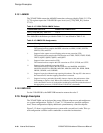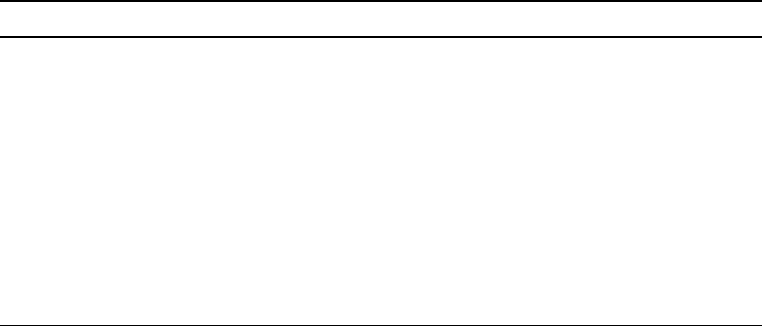
21264/EV68A Hardware Reference Manual
Internal Architecture 2–31
Replay Traps
The 21264/EV68A maintains the default I/O instruction ordering as shown in Table 2–
11 (assume address X and address Y are different).
2.11 Replay Traps
There are some situations in which a load or store instruction cannot be executed due to
a condition that occurs after that instruction issues from the IQ or FQ. The instruction is
aborted (along with all newer instructions) and restarted from the fetch stage of the
pipeline. This mechanism is called a replay trap.
2.11.1 Mbox Order Traps
Load and store instructions may be issued from the IQ in a different order than they
were fetched from the Icache, while the architecture dictates that Dstream memory
transactions to the same physical bytes must be completed in order. Usually, the Mbox
manages the memory reference stream by itself to achieve architecturally correct
behavior, but the two cases in which the Mbox uses replay traps to manage the memory
stream are load-load and store-load order traps.
2.11.1.1 Load-Load Order Trap
The Mbox ensures that load instructions that read the same physical byte(s) ultimately
issue in correct order by using the load-load order trap. The Mbox compares the
address of each load instruction, as it is issued, to the address of all load instructions in
the load queue. If the Mbox finds a newer load instruction in the load queue, it invokes
a load-load order trap on the newer instruction. This is a replay trap that aborts the tar-
get of the trap and all newer instructions from the machine and refetches instructions
starting at the target of the trap.
2.11.1.2 Store-Load Order Trap
The Mbox ensures that a load instruction ultimately issues after an older store instruc-
tion that writes some portion of its memory operand by using the store-load order trap.
The Mbox compares the address of each store instruction, as it is issued, to the address
of all load instructions in the load queue. If the Mbox finds a newer load instruction in
the load queue, it invokes a store-load order trap on the load instruction. This is a replay
trap. It functions like the load-load order trap.
Table 2–11 I/O Reference Ordering
First Instruction in Pair Second Instruction in Pair Reference Order
Load I/O to address X Load I/O to address X Maintained
Load I/O to address X Load I/O to address Y Maintained
Store I/O to address X Store I/O to address X Maintained
Store I/O to address X Store I/O to address Y Maintained
Load I/O to address X Store I/O to address X Maintained
Load I/O to address X Store I/O to address Y Not maintained
Store I/O to address X Load I/O to address X Maintained
Store I/O to address X Load I/O to address Y Not maintained



